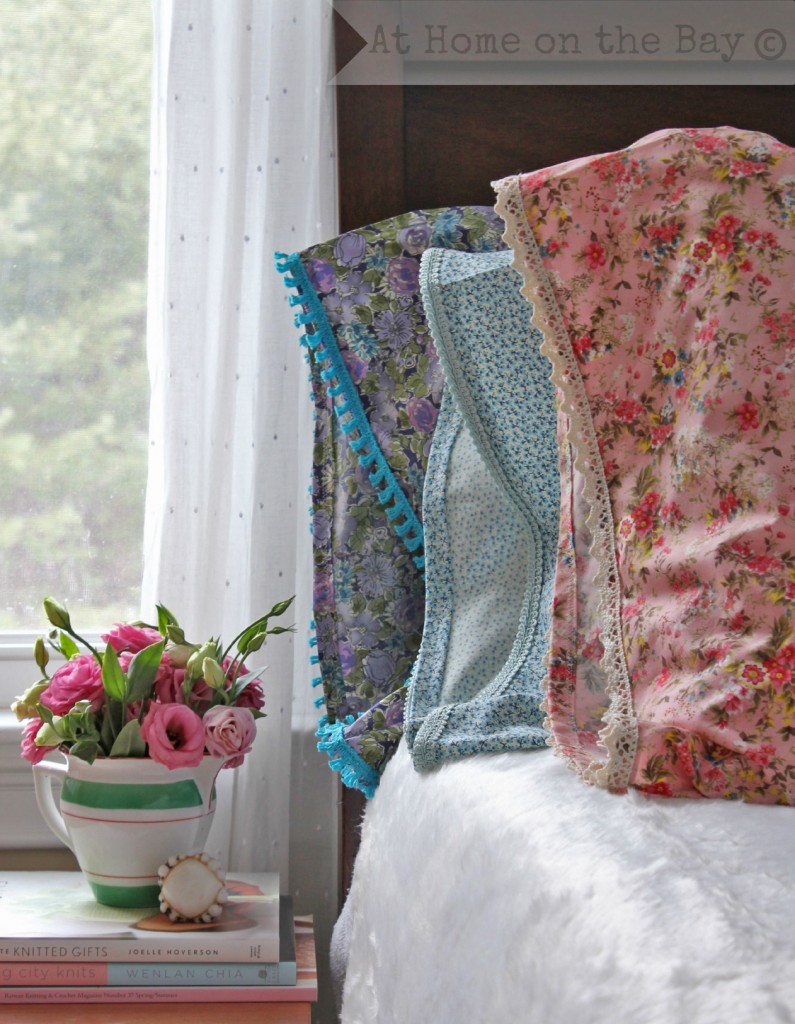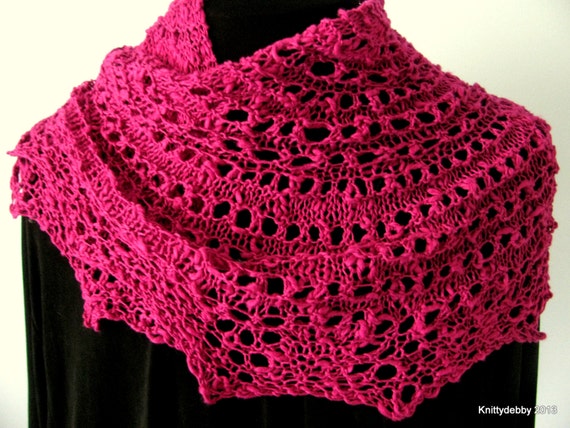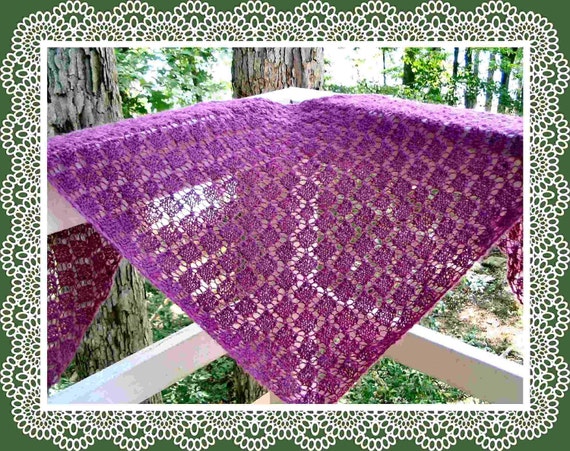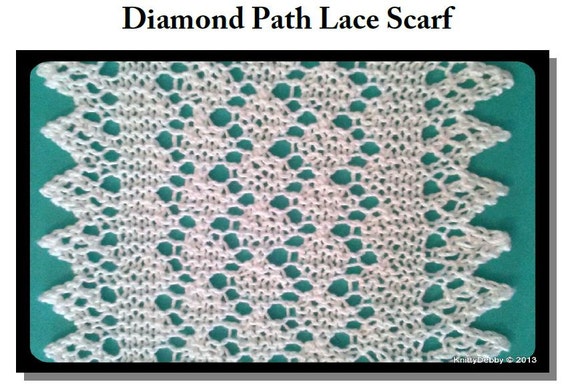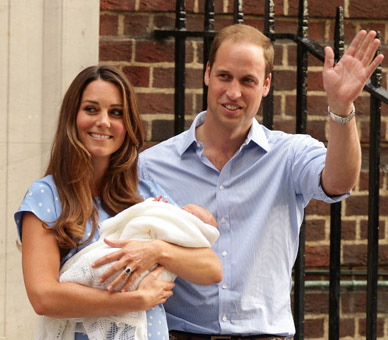Cast on 8 stitches, on to 4 needles, two on each; close the ring.
2nd round—8 times: over, knit 1.
The 3rd, 5th, 7th, 9th, 11th, 13th, 15th, 17th, 19th, 21st, 23rd, and 25th round, knit plain.
4th round—over, knit 3, over, knit 1 from behind *.
6th round—over, knit 4, over, knit 1 from behind *.
8th round—over, knit 7, over, knit 1 from behind *.
10th round—over, slip 1, knit 1, pull slipped stitch over, knit 2 together, over, knit 1 *.
12th round—over, knit 2 together, over, knit 3 *.
14th round—over, knit 1 from behind, over, knit 5 *.
16th round—over, knit 1 from behind, over, knit 7 *.
18th round—over, knit 1 from behind, over, knit 9 *.
20th round—over, knit 1 from behind, over, knit 11 *.
22nd round—over, knit 1 from behind, over, knit 13 *.
24th round—over, knit 1 from behind, over, knit 15 *.
26th round—over, knit 3, over, knit 5, knit 2 together, purl 1, slip 1, knit 1, pull slipped stitch over, knit 5 *.
27th round—knit 11, purl 1, knit 6 *.
28th round—over, knit 5, over, knit 4, knit 2 together, purl 1, slip 1, knit 1, pull slipped stitch over, knit 4 *.
29th round—knit 12, purl 1, knit 5 *.
30th round—over, knit 1, over, slip 1, knit 1, pull slipped stitch over, knit 1, knit 2 together, over, knit 1, over, knit 3, knit 2 together, purl 1, slip 1, knit 1, pull slipped stitch over, knit 3 *.
31st round—knit 13, purl 1, knit 4 *.
32nd round—over, knit 3, over, slip 2, knit 1, pull slipped stitches over, over, knit 3, over, knit 2, knit 2 together, purl 1, slip 1, knit 1, pull slipped stitch over, knit 2 *.
33rd round—knit 14, purl 1, knit 3.
34th round—over, knit 11, over, knit 1, knit 2 together, purl 1, slip 1, knit 1, pull slipped stitch over, knit 1 *.
35th round—knit 15, purl 1, knit 2.
36th round—over, knit 1, over, slip 1, knit 1, pull slipped stitch over, knit 1, knit 2 together, over, knit 1, over, slip 1, knit 1, pull slipped stitch over, knit 1, knit 2 together, over, knit 1, over, knit 2 together, purl 1, slip 1, knit 1, pull slipped stitch over *.
37th round—knit 16, purl 1, knit 1.
38th round—over, knit 3, over, slip 2, knit 1, pull slipped stitches over, over, knit 3, over, slip 2, knit 1, pull slipped stitches over, over, knit 3, over, knit 2, over, slip 2, knit 1, pull slipped stitches over *.
39th, 41st and 43rd round—knit plain.
40th round—over, knit 4, knit 2 together, over, knit 5, over, slip 1, knit 1, pull slipped stitch over, knit 4, over, knit 1.
42nd round—knit 1, over, slip 1, knit 1, pull slipped stitch over, knit 1, knit 2 together, over, knit 1, over, slip 1, knit 1, pull slipped stitch over, knit 1, knit 2 together, over, knit 1, over, slip 1, knit 1, pull slipped stitch over, knit 1, knit 2 together, over, knit 2 *.
44th round—knit 2, over, slip 2, knit 1, pull slipped stitches over, over, knit 3, over, slip 2, knit 1, pull slipped stitches over, over, knit 3, over, slip 2, knit 1, pull slipped stitches over, over, knit 3 *.
Finish with three purled rounds.


